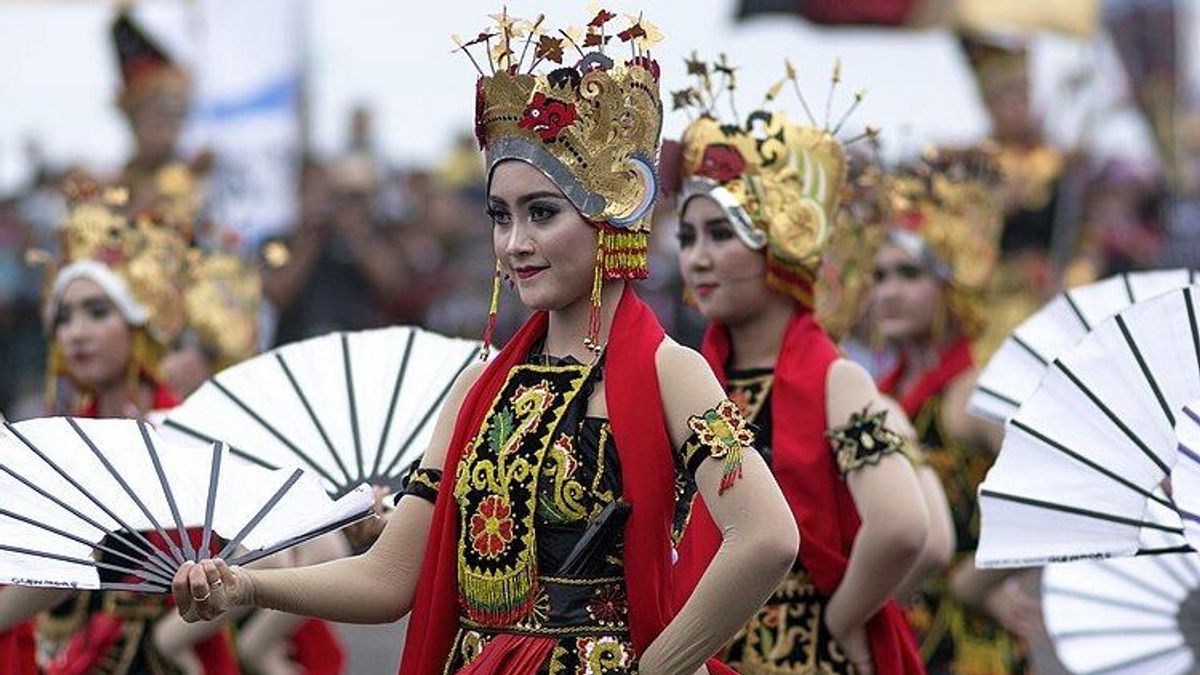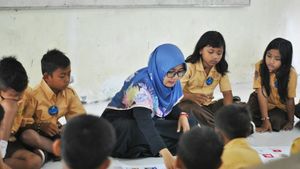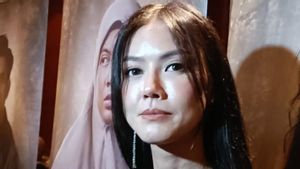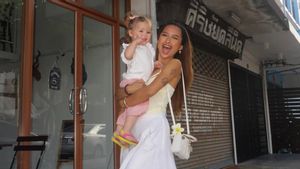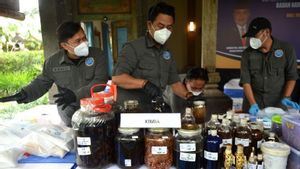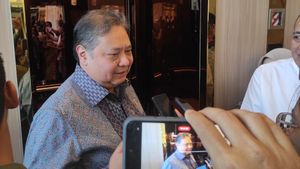JAKARTA - West Nusa Tenggara is a province in Indonesia which is located in the western part of the Lesser Sunda Islands, close to Bali and NTT. This is one of the provinces that is often used as a tourist destination by tourists because of its stunning natural beauty.
Not only nature, the arts and culture of the province of NTB are also interesting to see. One of them is dances. Summarizing several sources, VOI introduces several dances typical of NTB that will make you admire the diversity of Indonesian culture even more.
Lenggo Dance
The first NTB dance is the Lenggo Dance or Mpaa Lenggo. This is a dance from the Bima Kingdom that once ruled in NTB. Lenggo dance is usually performed at government offices to entertain official guests. This dance is danced by four women and four men wearing the traditional traditional clothing of the City of Bima, namely Baju Bodo.
Gandrung Dance
At first glance, the Gandrung dance is very similar to the Gandrung dance from Banyuwangi and Bali. However, what sets it apart is the costumes worn, the movements and the way they are presented.
In the past, the Lombok gandrung dance was used as a dance to entertain the soldiers when they returned from the battlefield. But along with the times, this dance is used as entertainment for local people who have historical and artistic values in it.
Drum Dance Beleq
This traditional dance can be said to be very unique, because the dancers dance while playing the drum beleq musical instrument. The musical instrument Gendang beleq comes from the Sasak tribe in large form, which is played in groups in the form of an orchestra.
However, since it was made as one of the traditional dances, this dance by the Sasak people has been considered a tradition that must be done, because it is an art from the legacy of the Selaparang Kingdom of Lombok.
In the past, this dance was also used as a medium for spreading Islam around the Lombok area. Thus, at the time of the performance, religious lectures or other religious activities will be inserted.
Buja Kadanda Dance
The Buja Kadanda dance or Mpa'a Buja Kadanda is danced by two male dancers because the dance moves are self-defense movements. The costumes worn are warrior costumes. This dance was created specifically to appreciate and commemorate the services of Bima soldiers in defending their territory.
Wura Bongi Monca Dance
This traditional dance originating from the Bima tribe, is a dance of sowing yellow rice which is often used as entertainment, for Bima's traditional events. The Wura Bongi Monca dance is played by four to six girls with graceful movements, to attract the attention of guests who come to the land of Bima.
Interestingly, the wura bongi monca dance has developed since the time of the Sultanate of Abdul Khair Sirajuddin.
The English, Chinese, Japanese, Arabic, and French versions are automatically generated by the AI. So there may still be inaccuracies in translating, please always see Indonesian as our main language. (system supported by DigitalSiber.id)
